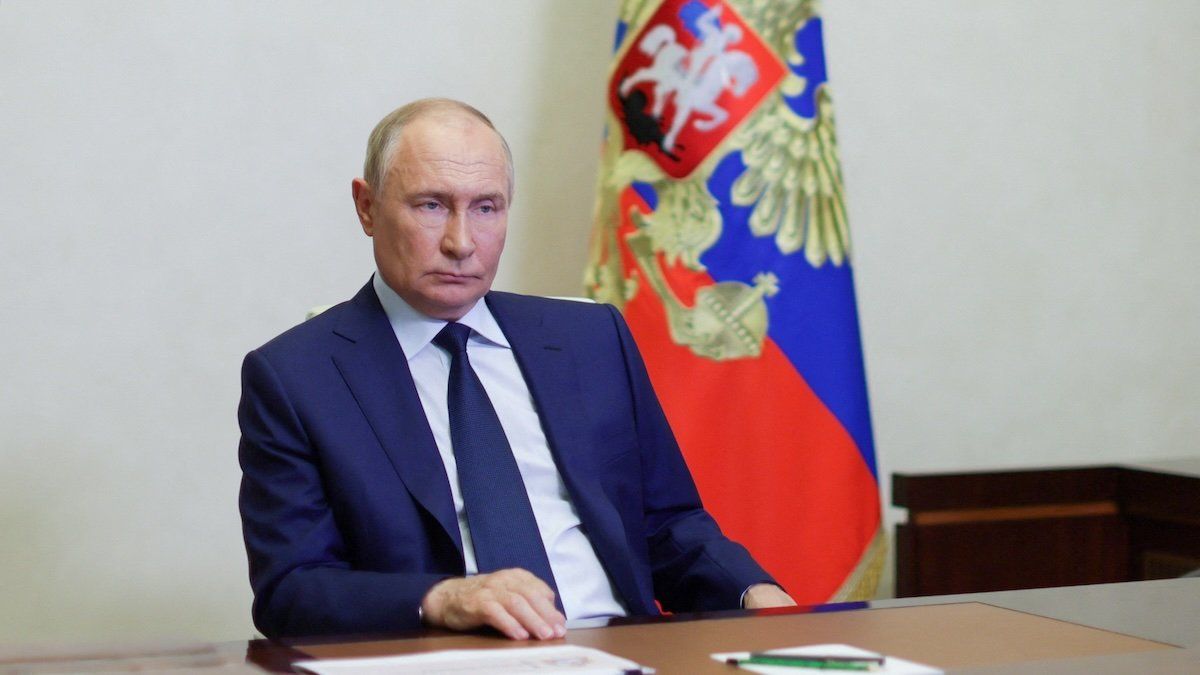As Russia struggles for a third day to beat back hundreds of Ukrainian troops who crossed the border Tuesday into Russia’s Kursk region, there is still little verifiable information about what’s happening there.
There are credible reports that, unlike two previous raids into Russian territory in the spring of 2023 which relied on Russian and Polish volunteers, this operation “is organized and commanded by the Ukrainian General Staff and involves conventional forces,” military analystKonrad Myzika wrote on Thursday.
It’s still not clear what Ukraine means to accomplish with this bold move. Maybe it’s a bid to slow Russian advances along the front in Ukraine’s Donetsk region by forcing Russian commanders to divert troops from Ukrainian territory to defend Russian land. If that’s the goal, there are early signs itmight be working — though there were reports on Thursday that Russia has recalledWagner Group mercenaries from Africa to help reverse the Ukrainian advance.
If part of the goal was to embarrass Russian President Vladimir Putin, that too shows early signs of success. The Kremlin, indifferent to Western eye-rolling at the absurdity of many of its public statements, has described Ukraine’s fast-tempo push into Russia as a “provocation” and a “terrorist attack.”
For the moment, the Ukrainians are holding their own while the Russians struggle to respond.
